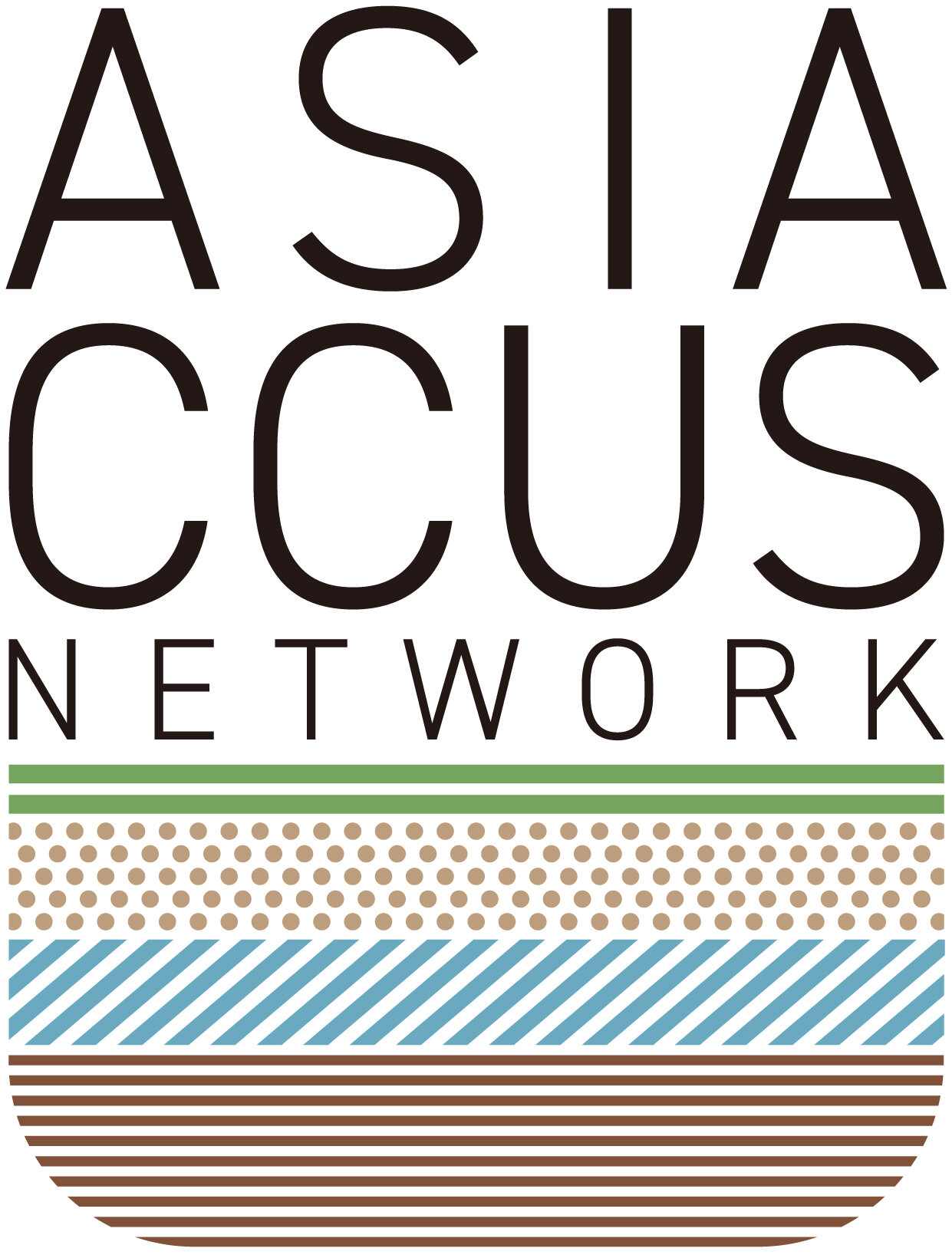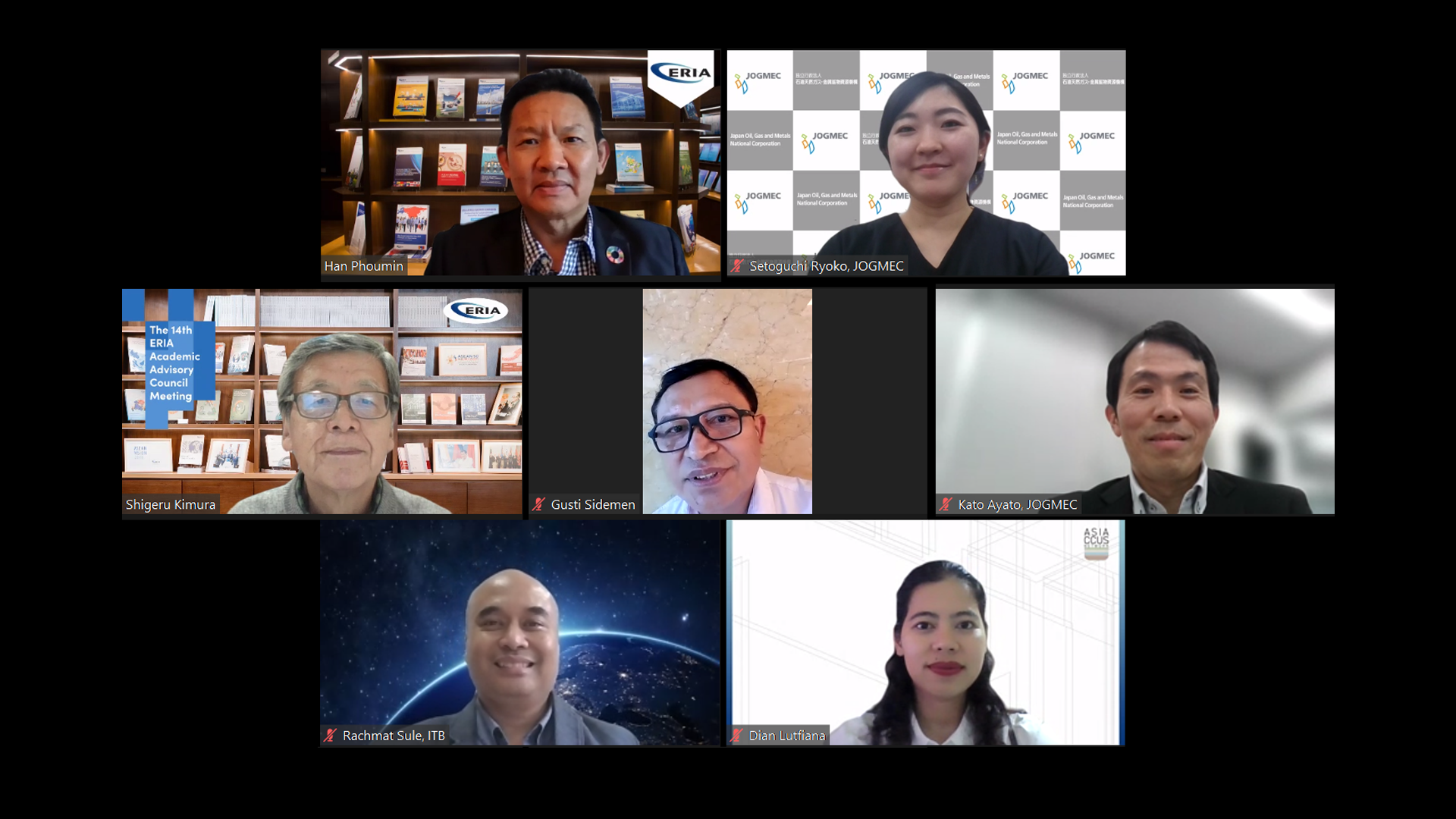Japan’s JOGMEC Shares Experience and Findings of Pioneering CCS Screening Methodology in Southeast Asia
The 7th Knowledge Sharing Virtual Conference, 16 February 2023: Japan Organization for Metals and Energy Security (JOGMEC) shared the results of its ground-breaking study on Carbon Capture and Storage (CCS) screening in Southeast Asia. The significance of CCS technology within Asia’s decarbonisation goals underscores the need to assess suitable carbon dioxide (CO2) storage sites swiftly and effectively. There are a multitude of obstacles in selecting storage sites on a regional scale including the lengthy process of collecting subsurface data as well as the lack of standardisation of the available subsurface data.
JOGMEC has taken the extraordinary step of developing a CCS screening method for the Southeast Asian region using uniform criteria. JOGMEC’s distinguished speakers partnered with the Economic Research Institute for ASEAN and East Asia (ERIA) – the secretariat of the Asia CCUS Network (ACN) – during the 7th ACN Knowledge Sharing Conference to share the results of their CCS screening methodology and their findings of Southeast Asia.
Mr Shigeru Kimura, Special Advisor to the President on Energy Affairs, ERIA delivered the Opening Remarks by emphasising the importance of CCS and CCUS technologies for Asia to achieve carbon neutrality by mid-century and in 2060. He explained, ‘many Asian countries will continuously depend on thermal power generation, coal, and gas to supply affordable and stable electricity to households and businesses for achieving the necessary economic growth.’ As such, a carbon-neutral scenario in Asia and ASEAN will require CCUS and CCS facilities to reduce CO2 emissions hence making the identification of CO2 storage locations all the more crucial.
Dr Ayato Kato, Director, Overseas Exploration Division, Exploration Department, Energy Business Unit, JOGMEC explained the motivation behind the company’s push to standardise the CCS screening process. An integral part of CCUS projects encompasses the CCS screening process which requires important data such as seismic and engineering data. However, Dr Kato stipulated that the data available for such studies is not uniform hence making it difficult to evaluate the feasibility of a storage site. To enhance the process, JOGMEC conducted a CCS screening of some regions, including Southeast Asia and Australia, by using a regional geological dataset and applying uniform criteria.
Dr Han Phoumin, Senior Energy Economist, ERIA served as the moderator of the Panel Discussion session on “Regional CCS Screening Using Regional Database” which featured Ms Ryoko Setoguchi, Overseas Exploration Division, Exploration Department, Energy Business Unit, JOGMEC as the guest speaker. ‘This technique is important and timesaving and we need to understand the whole basin in Southeast Asia as soon as possible as it is important in the regional CCUS value chain,’ Dr Phoumin explained.
The JOGMEC study of Southeast Asia was carried out from October 2021 until March 2022 to screen suitable areas, specifically saline aquifers, for CCS using the regional database, Neftex® Predictions by Halliburton as the database. The workflow of a CCS evaluation typically encompasses site screening, site selection, and site characterisation, however, JOGMEC targeted its study on the screening aspect. Ms Setoguchi stipulated that ‘this study is positioned on site screening’ and that JOGMEC mapped the CCS potential by basin and formation to estimate the prospective storage resources of each formation.
Using Neftex® Predictions, the evaluation was divided into Phase 1 as a regional scale screening and Phase 2 as a basin scale assessment. Phase 1 applied the input parameters of basin depth, temperature, HC provinces, present-day tectonic setting and water depth which were evaluated and then ranked based on their CCS potential. Taking the results from Phase 1, the second phase narrowed the basin selections down to 13 sedimentary basins with high potential for CCS and nearby CO2 emission sources which included:
Yinggehai Basin
Cuu long Basin
Saigon Basin
Malay Basin
West Natuna Basin
Greater Sarawak Basin
Baram Delta
Northwest Java Basin
East Java Basin
North Sumatra Basin
Central Sumatra Basin
South Sumatra Basin
Thai Basin
The parameters of Phase 2 included Phase 1 results, reservoir existence, top reservoir depth, seal existence, palaeotectonic, and prospective storage resources. The outcomes from both phases were utilised to develop a CCS aquifer formation fairway map and prospective storage resources. In essence, conducting a regional scale assessment using the regional database has helped to identify suitable basins for CCS. More importantly, JOGMEC’s two-phase methodology indicates that CCS screening using uniform criteria for a wide area is possible.
As the commentator, Mr Mohammad Rachmat Sule, Manager of National Center of Excellence for CCS, CCUS - Institute of Technology Bandung (ITB), Indonesia praised JOGMEC’s work stating that it is ‘useful for the people especially in the Southeast Asian region as the basis for each country to continue screening CCS storage.’ He also praised the team’s success in standardising the screening methodology and acknowledged that the different parameters applied in available data are an issue. Mr Sule raised a point on having to consider geomechanics when discussing the injection of CO2 into saline aquifers. Additionally, Mr Sule suggested that CO2 transportation be included as a criterion in similar future studies considering that ‘most likely, in the next five or ten years, the issue of transboundary CO2 transportation will be the main issue in our region.’ During the Open Discussion session, Mr Kimura also raised similar views of including CO2 transportation in future screening studies to determine to what extent distance affects the selection of a potential storage site.
The Open Discussion session further raised several interesting topics concerning the next step of JOGMEC’s study and other technical aspects. Ms Setoguchi explained that the ‘next step is a detailed study including using well and seismic data’ in which her team has already started studying the Sarawak area in addition to updating their CCS screening methodology. As part of the enhancement step, Ms Setoguchi shared that her team compared oil and gas data with their Phase 2 data and manually corrected the gaps in their reservoir and seal maps. On the critique regarding the use of the ‘ prospective storage resources’ terminology in the evaluation, Mr Sule suggested that the term ‘pore space’ would be more fitted to represent JOGMEC’s results. He explained, ‘What I would like to stress again is that this is a good start for any institution or country to continue the investigation in their own country because each country can access their seismic, well data, and geoscience data. The use of JOGMEC’s study is very crucial.’
Dr Han Phoumin provided the Closing Remarks complimenting the ‘geoscience context, knowledge, and insights’ JOGMEC made possible through its groundbreaking research and how ‘the methodology can provide a systematic CCS screening using a very uniform indicator over a very wide area.’ Improved knowledge of regional CCS storage potential facilitates Southeast Asia to accelerate its understanding of CCS deployment in the region. ‘The regional CCS mapping will provide important information and help stakeholders to understand potential CCS storage that will eventually lead to the business option within the CCUS value chain,’ Dr Phoumin concluded.

